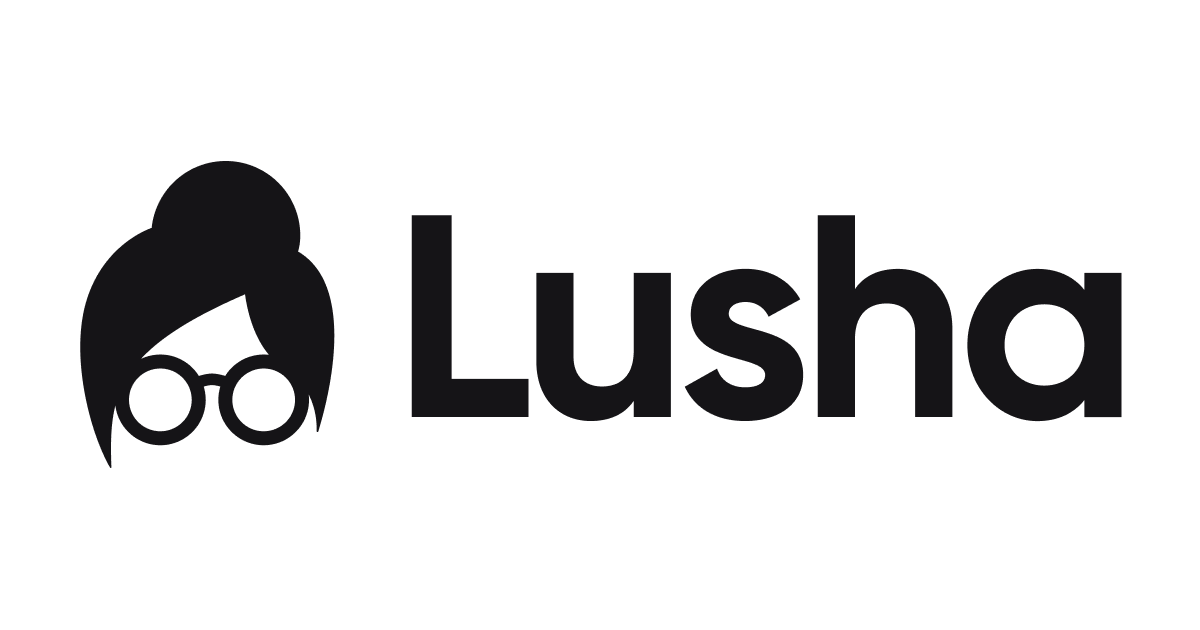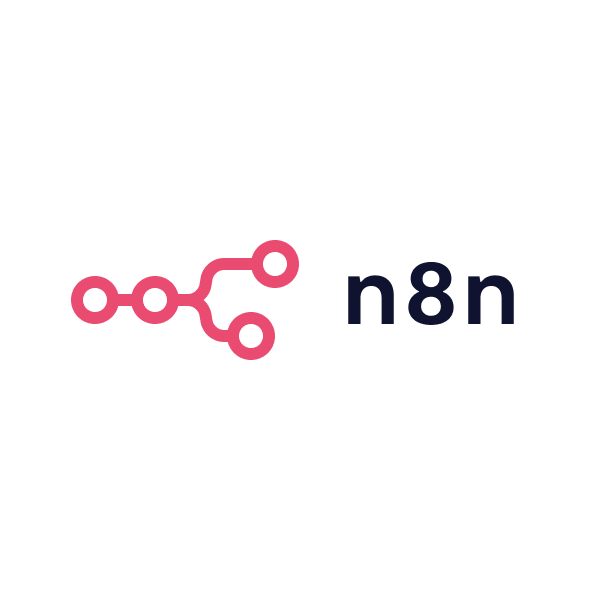Getting started with Lemlist
Sign up and onboarding
Begin with the 14-day free trial. After registration, the onboarding checklist guides you to connect your email, verify DNS records and enable Lemwarm. Short tutorial videos and an in-app progress bar keep first-time users on track.
Connecting email accounts
Link Gmail, Outlook or any SMTP mailbox. Add SPF, DKIM and, if possible, DMARC records for your sending domain. Activate Lemwarm for each inbox and let it run for at least ten days before scaling volume.
Connecting LinkedIn and phone
Install the Chrome extension, authenticate your LinkedIn profile and set safe daily action limits. If your plan includes call steps, integrate a dialler such as Aircall so call tasks and outcomes sync back to Lemlist.
Building a campaign
Importing or sourcing leads
Upload a CSV with custom fields, pull a saved list directly from HubSpot or search Lemlist’s internal database for verified contacts. Tag leads by segment to filter performance later.
Designing sequences
Use the visual builder to add email, LinkedIn and call steps. Insert personalisation variables throughout. Space steps sensibly, for instance an email on day one, a LinkedIn invite on day three and a follow-up email on day six. Add conditions such as “if no reply within five days, send variant B”.
Personalised images and videos
Select an image template, drop in variables such as {firstName} or {companyLogo} and preview each lead’s unique version. For video thumbnails, Lemlist can overlay the prospect’s name on a whiteboard or laptop screen to increase click-through.
Managing replies and follow-ups
Unified inbox
Email and LinkedIn responses appear in one thread per lead. Assign conversations to teammates, add internal notes and mark prospects as interested, not interested or follow-up later.
Collaboration and handover
Sales development reps can forward warm prospects to account executives by re-assigning the thread. Completed deals or opt-out requests are pushed automatically to the CRM through the native integration or a Zap.
Maximising deliverability and performance
Daily sending limits and rotation
Start with twenty emails a day per inbox and increase gradually to avoid sudden spikes. Higher plans allow inbox rotation so large sends distribute evenly across several domains.
Content checks and testing
Use Lemlist’s preview to send a test to yourself, review spam-word warnings and adjust subject lines or links. Keep images light and maintain a text-to-image ratio that favours plain copy.
Advanced tactics
Dynamic landing pages
Create a personalised page that greets the prospect by name and features tailored case studies. Link to it from your email call-to-action to boost credibility and drive responses.
Conditional branching
Employ Liquid syntax to send different follow-ups based on opens, clicks or replies. For example, if a lead clicks your calendar link but does not book, trigger a reminder email two days later.
Conclusion
Lemlist blends personalisation, multichannel orchestration and deliverability safeguards in one platform. By following structured onboarding, thoughtful sequencing and continuous performance checks, B2B marketers can turn cold leads into warm conversations at scale. Treat every message as a one-to-one note, adjust campaigns with real-time feedback and the tool will repay the effort with reliable meetings and revenue growth.










